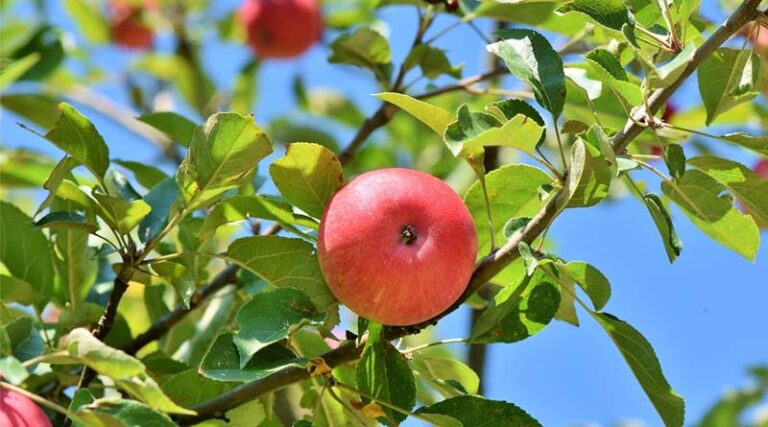
Persimmon Acreage in Himachal’s Kullu Valley Doubles as Farmers Shift from Traditional Crops
27 November 2025, New Delhi: Cultivation of Japanese persimmon is gaining ground in Himachal Pradesh, particularly in the cooler orcharding belts of Kullu, where farmers are moving away from wheat, maize, apples and pomegranates in search of better margins and lower input costs. The acreage under the fruit has expanded rapidly—from around 200 hectares in 2023 to 404 hectares in 2025.
Farmers See Higher Income and Lower Input Requirements
In Khokhan village, grower Madanlal adopted Japanese persimmon with guidance from the state’s Horticulture Department. He shared that income from the fruit has been far better compared to earlier crops cultivated on his land. He also noted that apples and pomegranates require heavier use of pesticides, fertilisers and frequent sprays, which often reduces profit margins. Persimmons, on the other hand, currently fetch between ₹120 and ₹180 per kg in local markets.
A similar trend is visible in the Gadsa Valley, where farmer Yograj Thakur replaced his pomegranate orchard with persimmon after erratic weather and disease outbreaks affected his previous crop. Pomegranates typically sold for ₹60 to ₹100 per kg, he said, while persimmon production requires fewer interventions and is harvested from November to December.
Acreage Expansion, Government Support, and Production Targets
Demand for planting material is rising as more growers in Kullu adopt the fruit, with many sourcing saplings from private nurseries. Planting usually begins in January. The district has projected a production target of roughly 1,400 metric tons for 2025, with the harvest beginning as early as September in some pockets.
To encourage diversification, the state government offers several incentives: a subsidy of ₹62,500 per hectare for planting, a 50 percent power subsidy for tillers and sprayers, and up to 80 percent support for protective nets. These nets are commonly used to safeguard the fruit from birds, one of the main challenges in cultivation. Chemical use, growers report, remains comparatively low.
Rising Output Across the District
Official records show consistent growth in production. In 2019–20, Kullu recorded 297 metric tons, Naggar 185 metric tons, Banjar 324 metric tons, Ani 11 metric tons and Nirmand 22 metric tons. In 2020–21, Kullu harvested 275 metric tons, Naggar 154 metric tons, Banjar 260 metric tons, Ani 2 metric tons and Nirmand 11 metric tons. By 2023–24, total production in the Kullu district had climbed to 1,250 metric tons. The current district-wide goal stands at about 1,406 metric tons.
Growers say the fruit’s minimal pesticide requirement, combined with steady market prices and government support, is driving its rapid adoption in the region.
Also Read: CNH Industrial Finance Europe S.A. 1.875% Notes Due 2026 Notice Of Redemption
📢 If You’re in Agriculture, Make Sure the Right People Hear Your Story.
From product launches to strategic announcements, Global Agriculture offers unmatched visibility across international agri-business markets. Connect with us at pr@global-agriculture.com to explore editorial and advertising opportunities that reach the right audience, worldwide.






